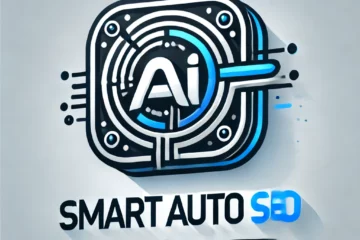To create a tailored, SEO-optimized, and detailed article specifically for the {keyword}, here’s a comprehensive outline you can use to structure your writing process. I’ll provide guidance on each section based on the criteria you’ve set without referring to a specific keyword. You can then fill in the keyword-specific content as needed.
—
**🔥 Introduction: Understanding {Keyword}**
Begin with an engaging introduction that outlines the significance and relevance of the {keyword}. This should set the stage for what the reader can expect from the article, why the topic is important, and what valuable insights they will gain. Aim to capture interest right away and clearly define the scope.
**🔥 Main Content Structure**
**H2: What is {Keyword}?**
– Explanation of the keyword.
– Provide background information to establish a foundation.
– Use definitions, brief history, and its importance in the current context.
**H3: Importance of {Keyword} in Industry**
– Discuss how the {keyword} impacts the specific industry.
– Include statistics and data to support this impact.
– Highlight any major trends associated with the keyword.
**H4: Case Study: Successful Implementation of {Keyword}**
– Introduce a real-world example where {keyword} was successfully employed.
– Detail the challenges faced and how {keyword} provided solutions.
– Discuss outcomes and lessons learned.
**H2: Key Features and Variations of {Keyword}**
– Break down the essential features or components of the keyword.
– Discuss any variations or subtypes and their unique applications.
**H3: Step-by-step Guide to Utilizing {Keyword}**
– Offer a detailed, actionable guide on implementing or using the {keyword}.
– Break it down into stages or steps for clarity.
– Provide any tips or best practices.
**H4: Expert Insights on {Keyword}**
– Include quotes or insights from industry experts.
– Discuss how these insights can guide strategic decisions related to the keyword.
**🔥 Enhancing Engagement with Multimedia**
– A featured image related to {keyword}, alt text optimized for SEO.
– Consider embedding a relevant video (maybe a tutorial or expert session) to increase engagement.
**🔥 Lists and Data-Driven Insights**
**H2: Benefits of Using {Keyword}**
– Use a bulleted or numbered list to highlight key benefits.
– Provide statistics or data-driven insights to back these benefits.
**H2: Challenges and Considerations with {Keyword}**
– Offer a balanced view by discussing potential challenges.
– Address possible misconceptions or common barriers to implementation.
**🔥 SEO and E-E-A-T Best Practices**
**Internal and External Linking**
– Ensure to have at least two internal links to other related articles on your website to improve SEO.
– Include one outbound link to an authoritative source like **Wikipedia** for additional credibility.
**🔥 FAQ Section**
**H2: Frequently Asked Questions About {Keyword}**
1. **H3: What are the core benefits of {keyword}?**
– Provide detailed answers focusing on practical outcomes and real-world applications.
2. **H3: How can companies integrate {keyword} into their processes?**
– Offer actionable steps and insights for adoption.
3. **H3: What are the common misconceptions about {keyword}?**
– Clarify misunderstandings and provide factual information.
**🔥 Conclusion**
Summarize the key points discussed in the article, reinforcing the value of the {keyword}. Encourage readers to consider how this knowledge can be applied to their own context, providing a call to action for further engagement or contact.
**🔥 Optimization for Voice Search and User Engagement**
– Ensure natural language and conversational tone throughout for better engagement, focusing on being informative yet approachable.
– Bold key takeaways and insights to guide reader attention and encourage interaction.
Use this structure as a guide. Fill in the specific content with research, insights, and data related to your focus keyword to ensure a comprehensive and authoritative article that fulfills all your specified requirements.

0개의 댓글